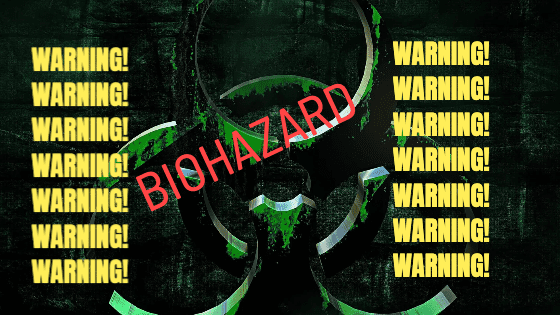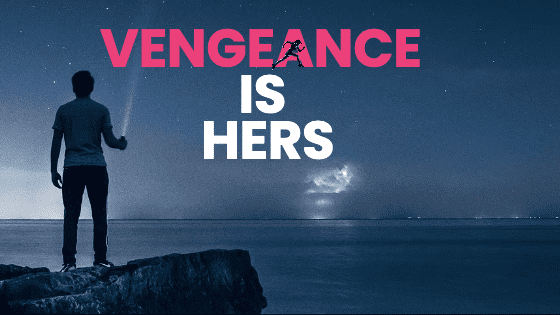“I don’t have to be so angry about the past, anymore,” Molly said.
“Really?” Dylan’s doubt was evident.
“Oh, yeah! It’s time to get angry about the future.”
~ A snippet from Vengeance Is Hers
It sounds wise and peaceful to tell someone to forgive and forget. But is it really helpful?
I know it’s the healthier choice, even as I carry my heavy grudges around my neck in a bucket. I’m still angry, or at least annoyed, with people who are long dead or otherwise oblivious to my ire. They have forgotten their trespasses against me. I can’t.
A friend once insisted I make up with someone. “It’s called learning,” I replied. “They treated me badly, and I won’t give them more opportunities to repeat the offense.”
I remained obstinate, especially since the offender expressed no remorse and failed to apologize. They were drunk at the time, and their anti-social behavior was habitual. They may not even have the courtesy to remember they passed my standard for assholery.
The best I could hope for might be an insincere apology followed by the observation that I am overly sensitive. In which case, their penance shall be a throat punch.
Advising someone to forgive and forget is easy, but how do you do it?
When Tony Stark meets Bruce Banner for the first time, he’s intrigued by how he controls himself. Banner doesn’t allow his anger to turn him into the Hulk. Iron Man asks, “You’ve really got a lid on it, haven’t you? What’s your secret? Mellow jazz, bongo drums, huge bag of weed?”
But we all know Bruce Banner’s secret. As he tells Captain America, “I’m always angry.”
I await your helpful suggestions and judgemental comments.




